Did you know that in the United States alone more than one-third of people have tried CBD products at some point?
When people think of cannabis, they tend to think of THC flower that people smoke. However, what people don’t know is that there is also CBD flower with many of the same benefits but also some unique characteristics.
So, which should you choose when it comes to CBD flower vs. THC flower? The answer depends on what kind of effects you want to experience when smoking.
Keep reading and learn more about the difference between these two types of flower.
What Is THC Flower?
What is THC flower exactly, you might ask? THC flower is often called by simpler names such as weed, cannabis, bud, or marijuana. It comes from the cannabis plant and is rich in the cannabinoid THC. If you have ever seen THC flower up close, you may have noticed that it has a unique appearance.
It tends to look like a compressed chunk of small leaves with a fuzzy, frosted appearance. This fuzz that covers THC buds is actually made up of very small hair-like appendages called trichomes. These trichomes have very high concentrations of THC.
THC, in contrast to CBD, is the cannabinoid that allows people to experience a psychoactive high. Without the trichomes on cannabis buds, people wouldn’t be able to experience a high when smoking cannabis flower.
THC flower comes in many different strains, but there are two main types: sativa and indica. Indica strains tend to allow people to unwind and relax after a long day (or week). On the other hand, sativa strains produce more energetic effects.
There are also hybrid strains that combine the effects of the sativa and indica strains. Hybrid strains are great for beginners who are unsure whether they should try sativa or indica first.
There are many ways you can use THC flower. Many people prefer to smoke it because that is one of the easiest ways to consume it. To do this, you may use a bong, use a pipe, or roll it into a joint.
However, if you don’t like the idea of smoking, you can also crumble the flower up and put it in certain foods such as brownies or cookies. You can do this when you grind up the flower very finely so you don’t bite into any chunks of leaves.
What Is CBD Flower?
When asking, “What is CBD flower exactly?” you will find that the answer is somewhat similar to the answer for THC flower. However, there are a few important differences. The most important difference is that CBD flower does not produce a high as THC flower does.
That’s because CBD is not psychoactive and therefore affects the brain in a different way. But don’t ditch the idea of trying CBD flower for sale just because it won’t get you high. There are still quite a few reasons to try this type of flower.
However, you should be careful when you try products labeled “hemp flower” or “CBD flower.” That’s because hemp and CBD flower are not always the same, even though some brands may try to use the terms interchangeably. Even though CBD often comes from the hemp plant, hemp and CBD are two different products.
Hemp flower may not actually have any CBD in it, so keep that in mind. When it comes to CBD flower, it can have up to 0.3% of THC, but this is not enough to get you high. However, smoking CBD can still provide you with a great experience.
You can enjoy the aromas CBD flower has to offer thanks to its terpenes. You may catch hints of citrus, lavender, and cloves. You can experience similar flavors as well as other, spicier flavors.
When you smoke CBD flower, you won’t get high, but you may find that the process of smoking can relax you. More than that, CBD is able to affect the endocannabinoid system in your brain. By doing this, CBD can influence your body’s levels of inflammation and may be able to soothe your body overall.
CBD Flower vs. THC Flower
If you are unsure how to decide between these two types of flower, you should think about what you want to experience when you smoke flower. Do you want to experience a THC high and see how it makes you feel? Or do you want to avoid THC and instead reap the general benefits of cannabinoid consumption?
Some people prefer to only use THC flower because they like how it makes them feel. On the other hand, some people prefer to only smoke CBD flower because they don’t like the way that THC flower makes them feel. When in doubt, you can always try both.
There is no harm in trying either THC flower or CBD flower as long as both are legal in your state. If anything, you will be benefiting yourself because of how great these two cannabinoids can be for your health. If nothing else, both CBD flower and THC flower can help you unwind after a long day at work.
Just be sure that you have all the tools you need to use the flower such as rolling papers, a pipe, or a grinder.
All about CBD and THC Flower
When it comes to CBD flower vs. THC flower, there’s really no reason to choose one over the other. You can try both and experience the unique effects they have to offer. This way, you can find out which type of flower might be best for you.
To learn more, don’t hesitate to explore our website.

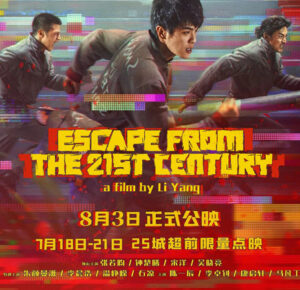
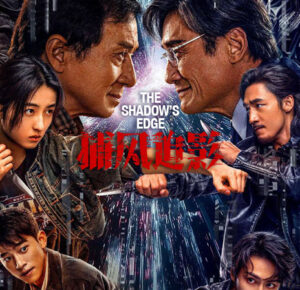
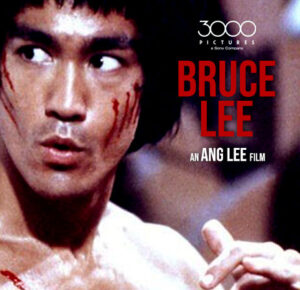
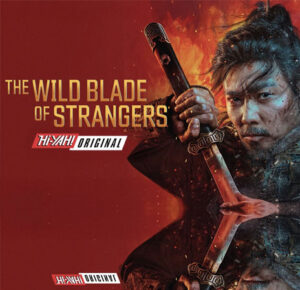
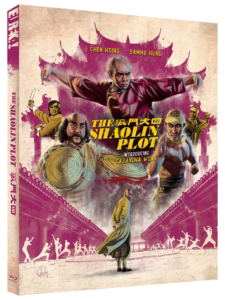
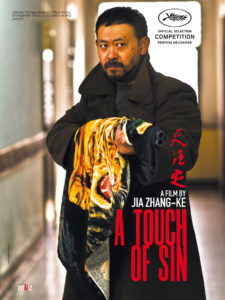
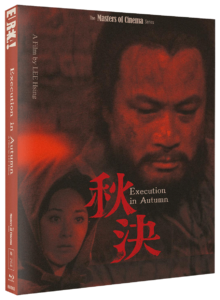
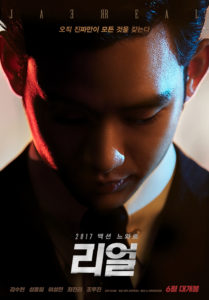

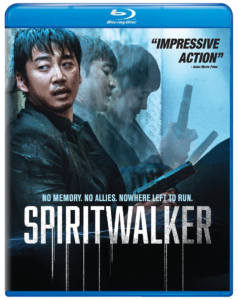
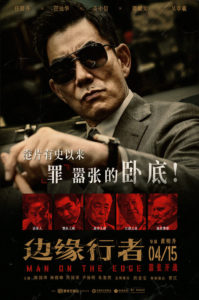
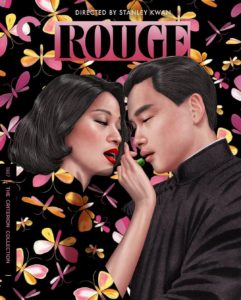
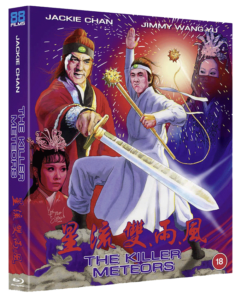
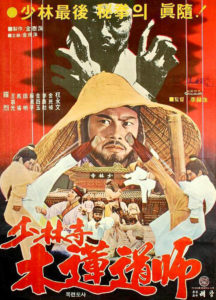
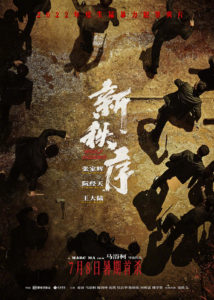
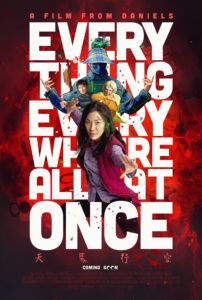


Be the 1st to Comment